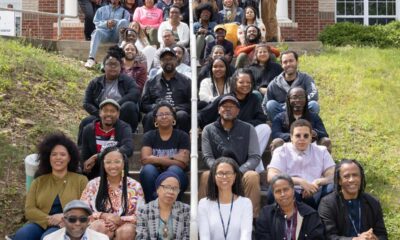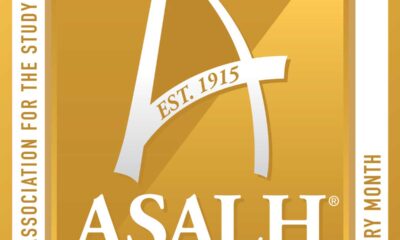Editorial
Why Congestion Pricing Benefits New York City’s Poor and Low-Income Commuters
By Fern Gillespie
When the prospect of congestion pricing on motor vehicles traveling in Manhattan was introduced several years ago, it was suggested the fee would impact low-income New Yorkers.
In 2017, the Community Service Society conducted the analysis “What Does Congestion Pricing Mean for Outer-Borough New Yorkers in Poverty?” The study became widely cited by advocates to debunk the idea that a congestion fee would be burdensome for large numbers of low-income New Yorkers. In 2022, CSS revisited the study. It showed that in outer-borough New Yorkers who live in poverty, only two percent will be eligible to pay a congestion price. Of the 2,217,000 New Yorkers who rely on mass transit for work, 350,000 are low-income essential workers, and 257,000 are working poor.
However, congestion pricing is being challenged by several unions representing members who drive to Manhattan from Staten Island, New York suburbs, New Jersey, Connecticut, and Pennsylvania. Last week, the United Federation of Teachers joined Staten Island Borough President Vito Fossella to file a suit to try to stop the MTA’s congestion pricing plan. The UFT argues congestion pricing would impose a disproportionate financial burden on public-sector workers and “inflict environmental and economic damage” on outer borough residents and neighborhoods. Union leaders representing firefighters, EMTs, and paramedics believe that the cost of congestion pricing will create a flight from EMS and fire stations in downtown Manhattan.
The MTA says the congestion pricing plan would generate $1 billion annually to help the MTA finance up to $15 billion in repairs, improvements, and expansion projects across its network of subways, railroads, and buses. The congestion pricing covers cars entering Manhattan south of 60th Street, which would pay $15; trucks pay $24-$36; motorcycles pay $7.50; taxis pay $1.25 and $2.50 for rideshare vehicles. Mayor Adams supports congestion pricing but said school buses and yellow cabs should be exempt.
Our Time Press reached out to Debipriya Chatterjee, Senior Economist at Community Service Society, regarding congestion pricing. She was one of the authors of the CSS study on congestion pricing’s impact on poor and low-income New Yorkers.
Why did CSS conduct a study on congestion pricing affecting low-income New Yorkers in 2017 and 2022? Were there any major changes over the years?
Debipriya Chatterjee (DC): CSS, as an organization devoted to improving the lives of struggling New Yorkers, regularly conducts in-depth research of impacts of existing and proposed policies on the economic well-being of low-income individuals and families. Analyzing the proposed congestion pricing plan through the income lens was one such example. The first study was published in 2017 and an update of the same using more recent data was published in 2022.
Does CSS think that congestion pricing is beneficial to low-income MTA riders due to promoting cleaner air with less traffic and funding MTA upgrades?
DC: Yes, CSS thinks that any policy that disincentivizes the use of automobiles and incentivizes greater use of public transport is a worthy cause. Congestion pricing is designed to discourage driving into the city, thereby improving traffic, reducing pollution, and generating revenue. The additional revenue, if and when, invested to upgrade and strengthen the city’s mass transit system through MTA, will ultimately improve the quality of life and productivity of the city’s eight million residents. Out public transit system is a lifeline for the city’s working-class Black and brown residents. Congestion pricing will provide a steady source of funding to upgrade the public transportation infrastructure they depend on.
CSS is a union proponent. What does the organization think about the Teachers Union suing the MTA over congestion pricing?
DC: CSS is aware of concerns that UFT and other entities have raised that congestion pricing will increase asthma rates in certain neighborhoods as vehicles choose the longer detour to avoid paying the congestion toll. We share this concern but would like to point out that the federal National Environmental Protection Agency did a thorough review of the potential impacts in a 4,000-page study and we believe it has looked at possible health and environmental impacts as best as possible. Additionally, as our reports have shown previously, a very slim proportion of households will be paying the congestion tax on a regular basis, i.e., as part of their daily commute, and most of them cannot be deemed low-income using the federal poverty standards.













